You can find Dusty miller in most gardens. It is from Mediterranean, and it has silver lacy leaves. This unique plant with velvet foliage is used in bouquets and floral vases. You may find different names of this plant, such as Senecio cineraria and Jacobaea maritima.
Is Dusty Miller an annual or a perennial? Dusty miller is not an annual bedding plant. Both are the same evergreen perennial subshrub that lives in the Mediterranean.
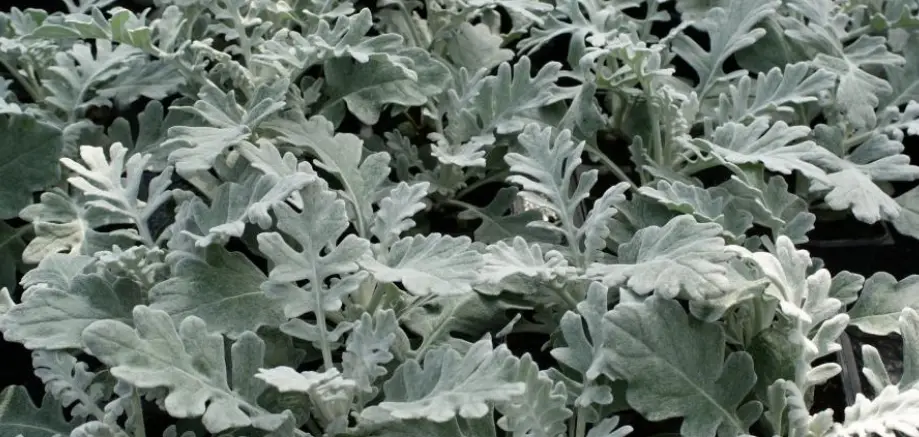
Dusty miller loves full sun, well-drained soil, and, of course, hot weather. It dies if the temperature is below zero. New leaves can grow in the spring if gardeners provide a good protection for the plant. If you live in a cold climate, you may take it indoors as long as the temperature outside allows it.
Dusty miller is easy to care, that’s why gardeners love this plant. It grows up to 3 feet tall. So, now let’s have a closer look at this wonderful plant.
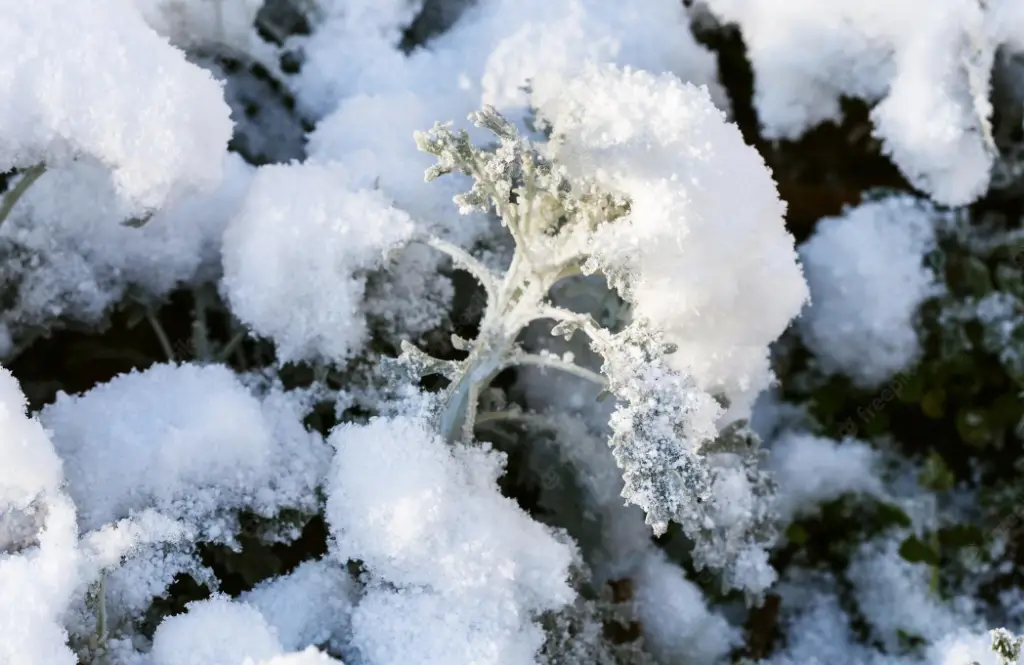
Dusty miller care
Its botanical name is Senecio cineraria, but you also may find that Dusty miller is a Silver ragwort or Jacobaea maritime, which grows in gardens, pots, baskets. It produces small yellow flowers, but it is famous for its silvery grayish-green foliage.
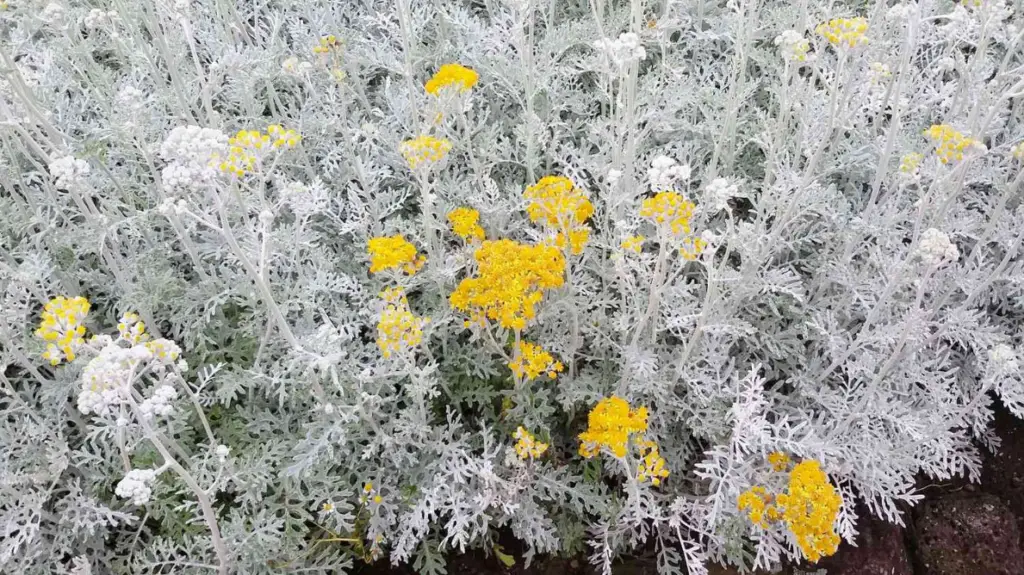
Varieties
There are different plants that have silver leaves, and some people call them Dusty miller by mistake. There are several types of the real Dusty miller. Here they are.
- Silver dust
- Silver cascade
- Ramparts
- Silver lace
- Cirrus

Caring
Every plant requires attention. Here are some top things that Dusty miller plants really need.
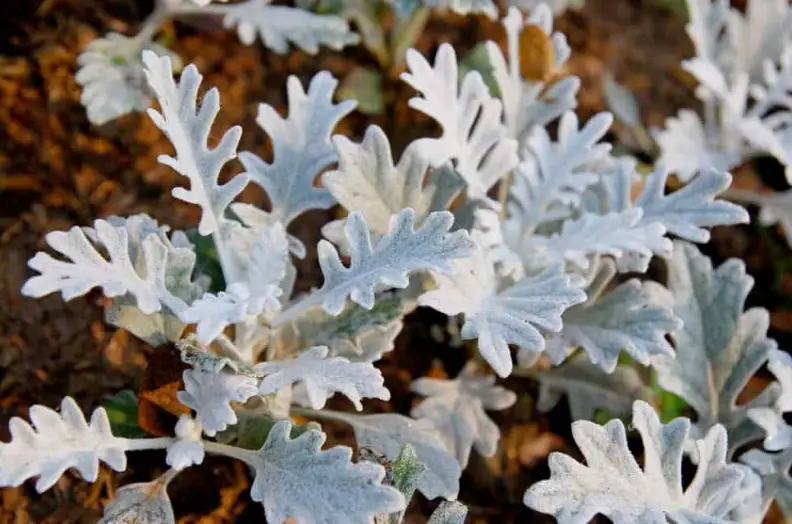
Watering
It is tolerant of drought. It doesn’t need a lot of water, only occasional watering. To avoid root rot, you need a well-draining soil before planting. Add some sand to the soil.
It protects the root from rains and overwatering. And young plants require moist soil. But a mature dusty miller plant can live without water for a long time.
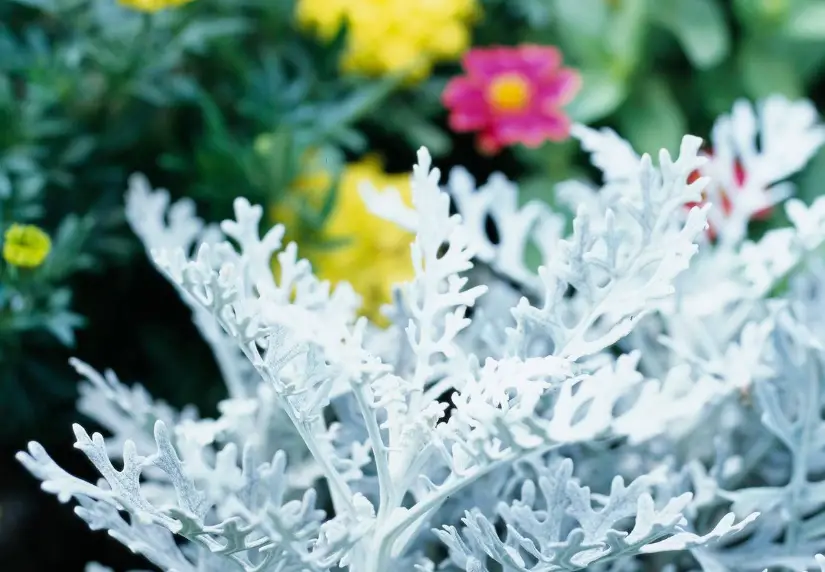
Sunlight
It has a quick growth with full sun. It requires for about four hours of sun a day. But it tolerates with a full day of heat. Sunlight helps Dusty miller plants to get this elegant silver foliage color. Of course, it may live in low light or shades, but the color of foliage will not be so intense, and it becomes leggy, because of the stems. The stems will be searching the light.
Temperature
Dusty miller plants can grow in temperatures that range from 40-80 °F. Be careful when planting it.

Height
A Dusty miller plant can grow up to 3 feet tall. It will be the best decision to leave some space for it. It will be more vulnerable to diseases if there is no space for it.
Soil
Dusty Miller needs good soil with a pH level of 5,5-6.

Fertilizing Dusty miller plants
To grow, great Dusty miller needs nutrient-rich soil. Anyway, Dusty miller doesn’t need so many nutrients. It will be enough to fertilize Dusty miller every 2-4 weeks. If you use too much fertilizer, it may have leggy stems.
Disease
Dusty Miller is prone to root rot. That’s why it requires the well-drained soil. If the soil holds a lot of water, root can decay. The worst enemy for all the plants is aphid. Aphids can cause mildew.
Furthermore, they make the leaves become dry and unhealthy. You can find aphids on the underside of foliage. All in all, Dusty miller is resistant to most diseases. You can use neem oil to keep Dusty miller healthy.
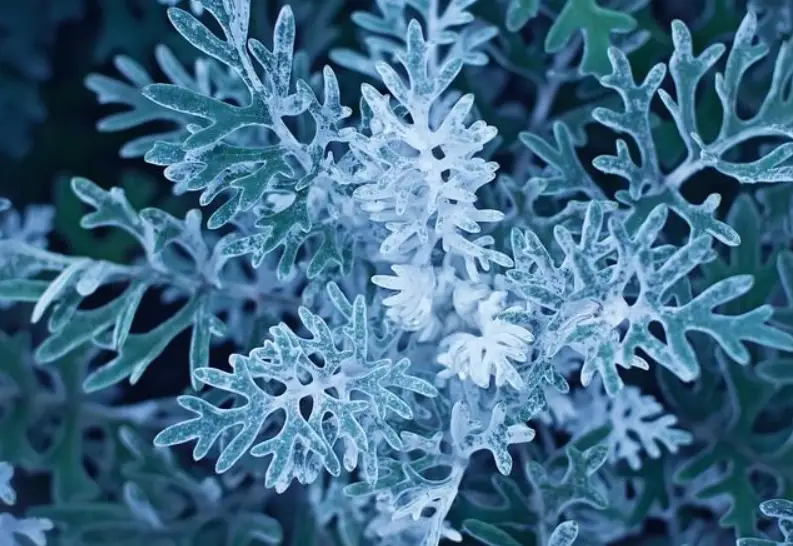
Advices
Here are some special tips of Dusty miller plant care.
- Overwatering causes root rot.
- Give Dusty miller plant some water in case of wilting. Anyway, it is drought tolerant.
- Pots where you have planted Dusty miller should be well-drained.
- Dusty miller’s sap is toxic, so you need to use gloves when pruning.
- Keep your pets away of eating leaves because they are toxic.
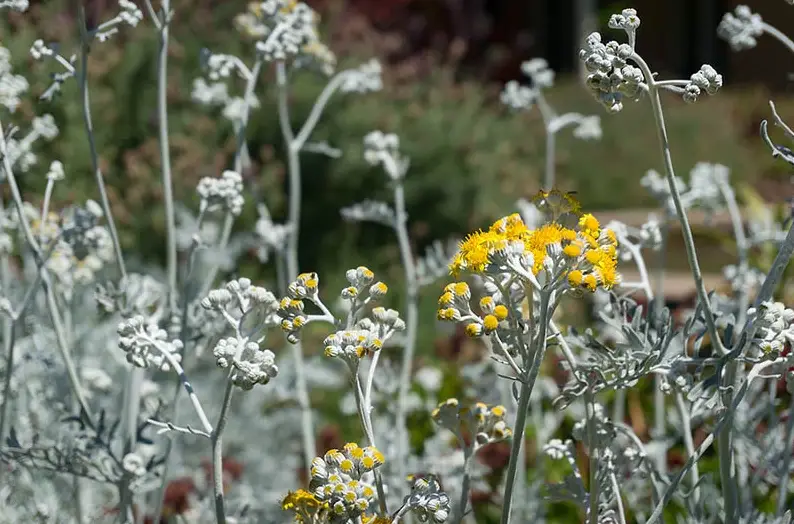
Pruning
You should cut your Dusty miller plant to half a size when it becomes leggy during early spring. Then you’ll see the new bushy growth. If you cut the yellow flowers, the leaves become more powerful. Because these unpleasant flowers take a lot of energy. And most gardeners do it.
Propagation
How do you cut back Dusty Miller?
If you want to grow more Dusty miller plants, you can take a seed or a stem cutting.
A seed you should sow outdoors when the last frost has passed. Moisturize the soil. The temperature must be 65 °F and 75 °F. Seeds need light, and therefore, don’t cover them with soil. It takes from 10 to 15 days to germinate.
Then plant them in large containers. When the last frost has passed, you should transplant them outside in the garden. You can put them into flower beds or hanging baskets or containers.
If you want a stem cutting, snap off the stem and set it in water for a few days in summer. You can cover them with plastic bag to create greenhouse conditions. When rootlets start to grow, you should plant them into the soil.
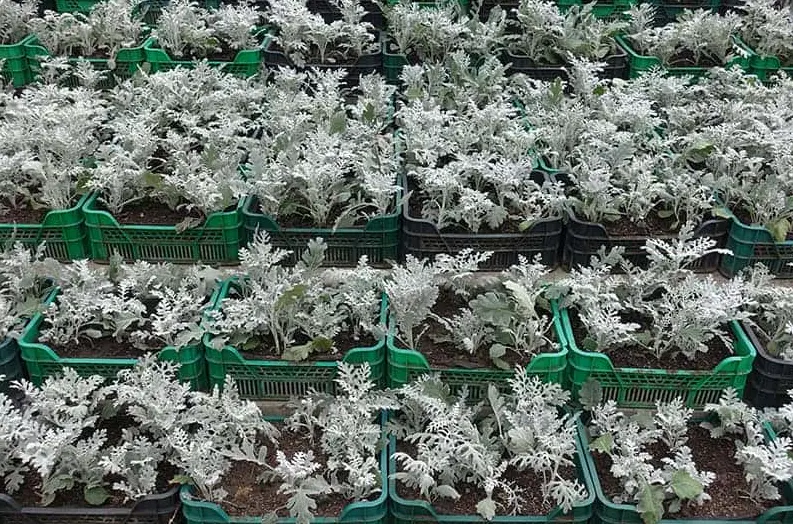
Winterizing outdoors
Bring the plant indoors if it is in a pot because its roots are exposed to colder temperatures and can’t survive. Water it during dry days and remove all brown leaves. You should provide enough protection, that’s why mulch over the Dusty millers with leaves, wood or straw. If there will be windy weather, you should protect the bedding plants with chicken wire to hold the mulch in place.
For more details check out the article – How to Winterize Dusty Millers.
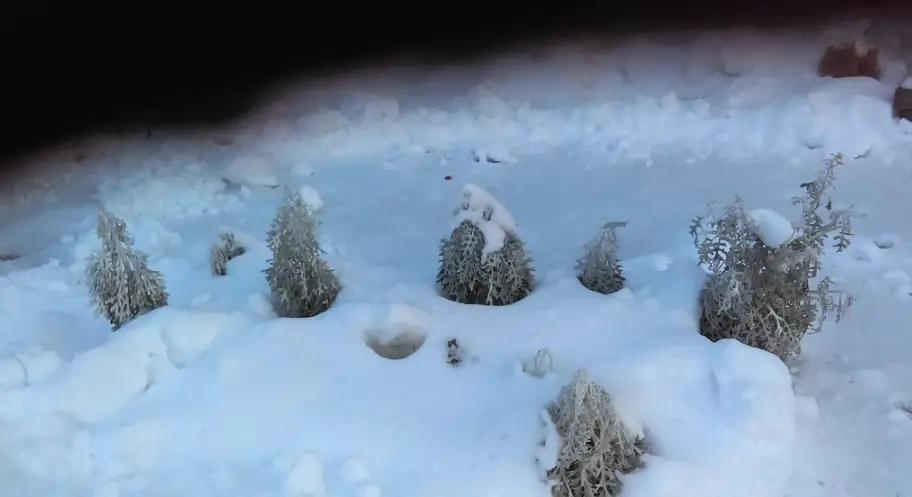
Overwintering indoors
In cooler zones, you should bring the Dusty miller plant indoors for winter. Dusty miller should have a light to grow well until spring or its soft felt like texture leaves can freeze. It is a good advice if Dusty miller is in a pot, but if not? You need to dig it up. Don’t damage the roots. Plant it in a pot with good soil. It needs partial shade for a few days before bringing it inside.
Use some special liquid to prevent insects. Then set the pot in a bright place. Don’t use too much water. Cut back any leggy growth.
When growing season comes, put it outdoors in a shady area for a few hours a day. When acclimatization has been done, you can move it to sunny areas in the garden where your spring annuals live.
Conclusion
Dusty Miller is a simple plant for beginners. It is beautiful and easy to care for. Guess my guide will help you a lot with these elegant plants.
Also, you may be interested in – Juniper bonsai winter care guide and many helpful tips.
- Why Are There Still No Tomatoes in My Tomato Plants? Let’s Fix the Issue! - July 13, 2023
- Water Propagation White Stuff on Roots: Everything You Should Know! - July 11, 2023
- String of Dolphins Drying Up: Solved! - July 11, 2023

Pingback: Do lemon trees lose their leaves in winter: 5 top rules